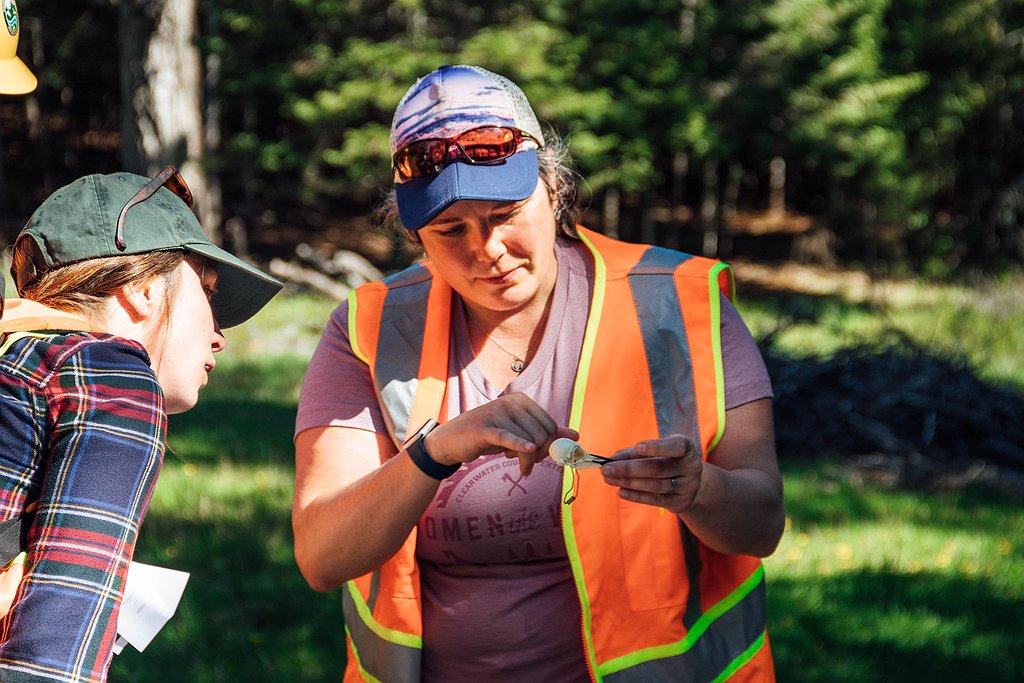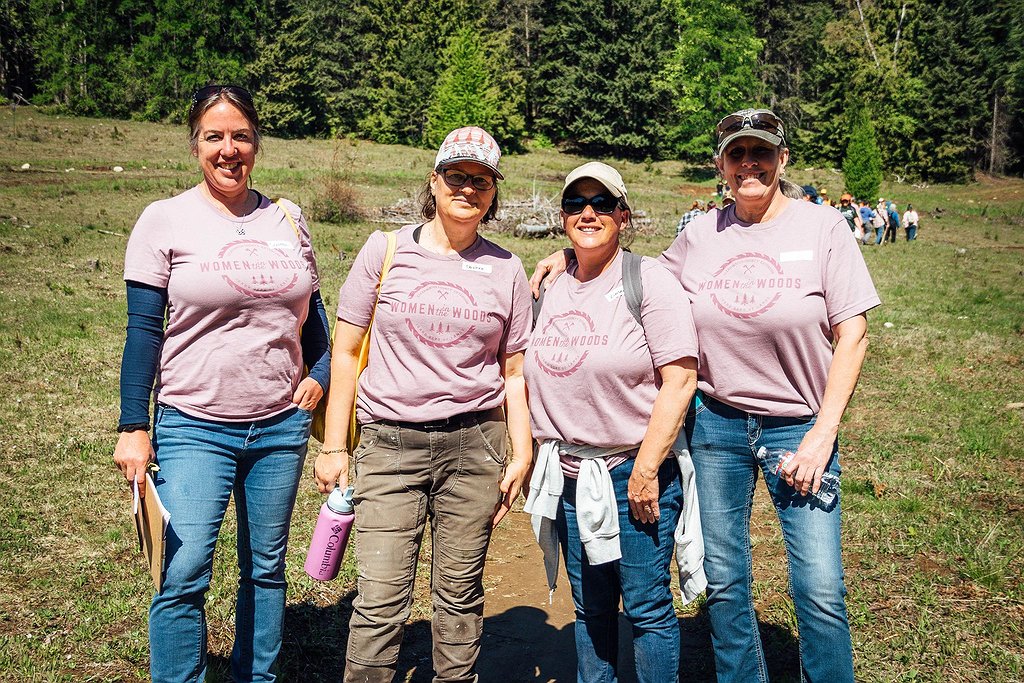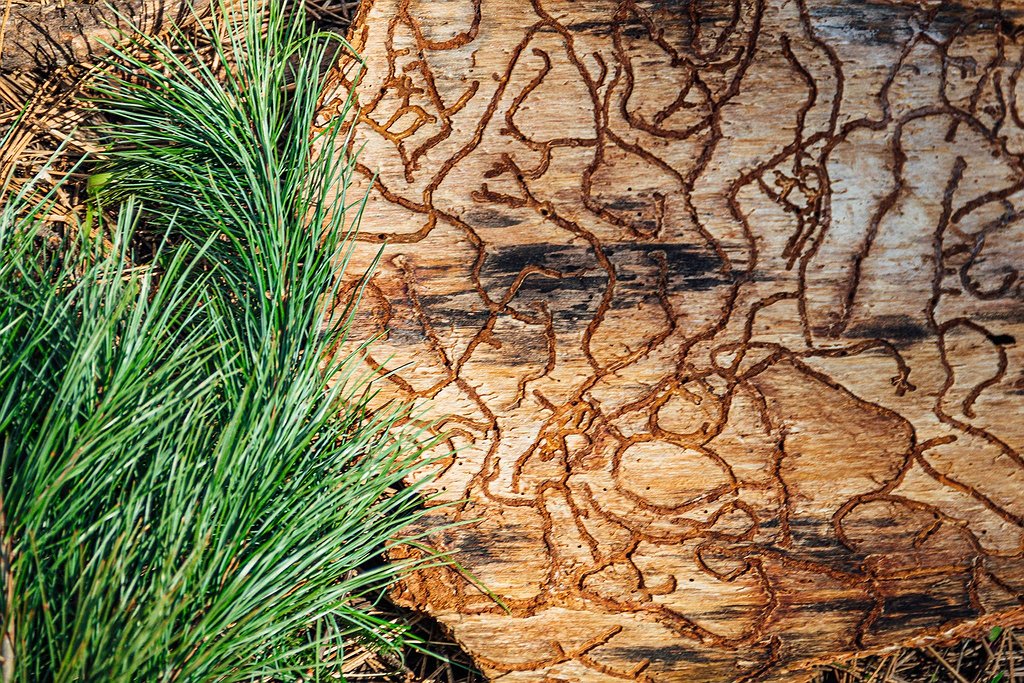Forest turns classroom at "Women in the Woods'
SANDPOINT — More than 40 women took to the trails of the Pine Street Woods Friday to participate in the Idaho Department of Lands’ annual Women in the Woods event.
With nine stations to glean knowledge from, women were able to learn about various outdoor topics from other women in those different industries. Topics such as insect identification, fire mitigation, wildlife habitat, tree identification, soil health, and more were discussed throughout the day.
At one station, women were able to learn about the different ways that insects can damage a tree as well as self defense mechanisms those trees use to fight bug infestations. That same station demonstrated various types of illnesses trees throughout Bonner County can get. The most commonly seen, the instructor said, is a malaria-like infection that spreads under the bark of the tree — making it difficult to catch.
Another station talked about what constitutes good soil versus unhealthy soils. In an ideal world, instructors said, all soil would be a healthy balance of organic matter, air, and water. However, many factors can quickly turn soil unhealthy, such as people walking, riding, or driving on it too much. Too many trees in a condensed area can also cause poor soil, as each tree soaks up a large amount of nutrients from the soil.
If someone is trying to grow anything in poor soil, the instructors said, it doesn’t matter if they’re doing everything just right, the plants will not grow — or at least won’t grow well.
Carrie Hugo from the Bureau of Land Management talked about wildlife habitats, and different things people could do to their land to attract various animals or birds. Different surroundings attract different animals, she said, so it is beneficial to create an environment that is welcoming to the animals someone wants traveling through their yard.
“If you change something, something new will come in,” she said.
Rather than only paying attention to what someone has in their own yard, however, Hugo suggested also taking a look at the land surrounding their yard, as that will play a huge factor in what animals come to the five, 10, or 100 acres of land that someone may own. For example, Hugo said if someone is hoping to attract birds who like dense forested areas, but their land is surrounded by open fields with little to no trees, chances are, the birds will not come to their property regardless.
Fire mitigation was also talked about during the event. Tips were given to women on how to keep their homes safe in the event of a fire. The area surrounding the home should be kept clear of any flammable materials at least five feet in every direction. This includes stacks of firewood, which the instructor said is nice to have close by in the winter, but can cause great harm should a fire come nearby in the summer months. Ideally, the area around a home within a 30-foot radius should be kept clear, even of trees.
Dried pine needles and twigs should be routinely cleared off a roof during the summer, as they can catch fire more easily than a cleared roof. During peak fire season, vegetation around any buildings should be thoroughly wetted to mitigate the chance of it catching fire.
Lit embers can travel as far as five miles, so even if a fire is not started directly near the house, things can still catch fire quickly.
After lunch, women got more hands-on experience at several stations, learning how to prune the diseased areas off trees, thin trees that are getting too big or or growing too close together, and learn how to handle various forestry tools. In addition, ladies were taught about tree mensuration — working out lengths, areas and volumes of tree trunks.
Overall, this year’s Women in the Woods was a great success, said IDL forest health specialist Isabella Valdez, who helped lead the event. With great weather, a great turnout, and a wide variety of booths, she said the day couldn’t have gone much better.







